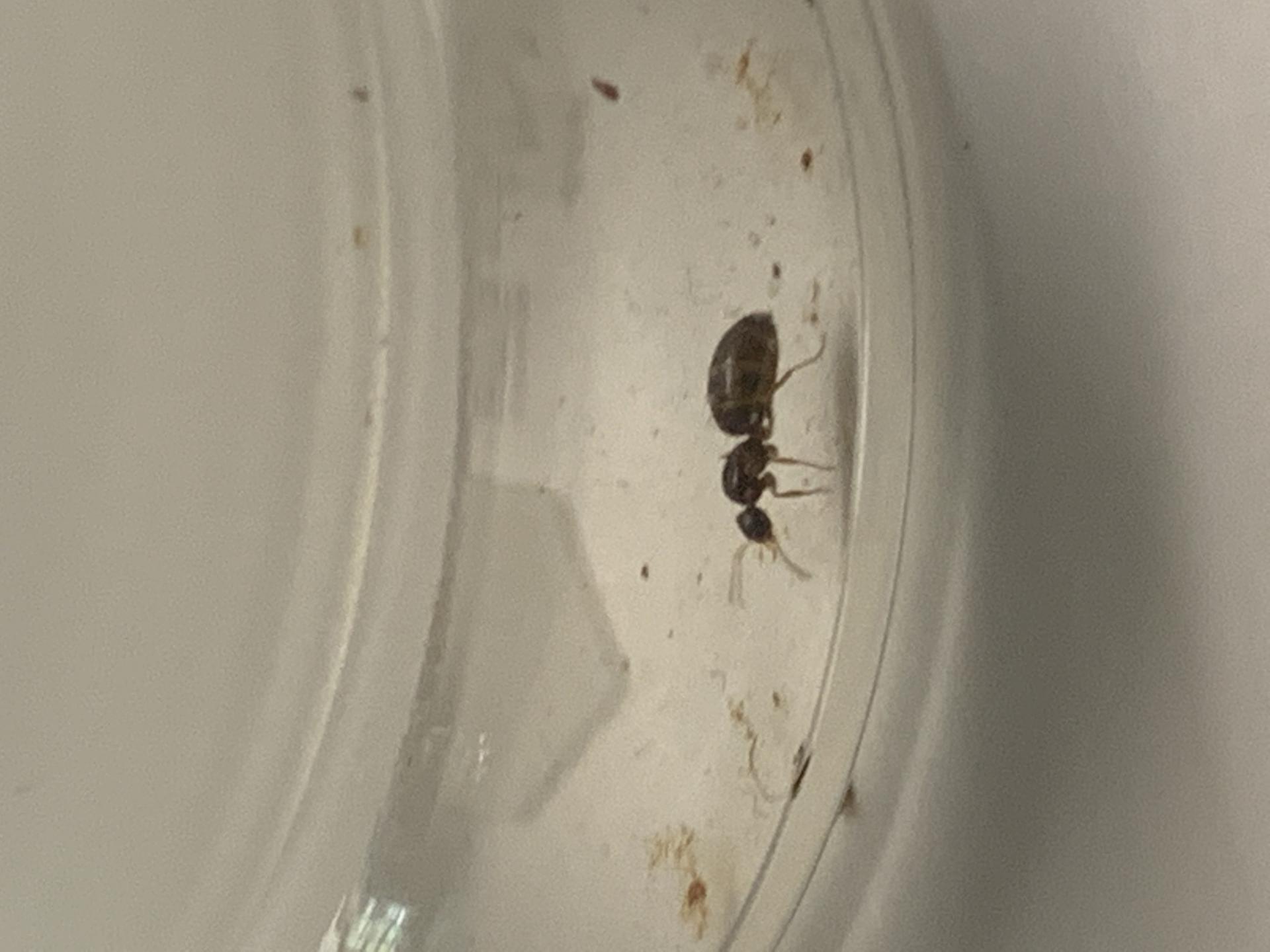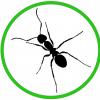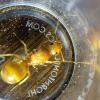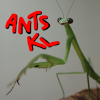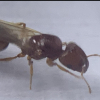2. Date of collection: 5/27/21
3. Habitat of collection: Suburban backyard.
4. Length: 3mm
5. Coloration, hue, pattern and texture: Blackish brown with golden bands around gaster.
6. Distinguishing characteristics: N/A
7. Anything else distinctive: N/A
8. Nest description: Unknown
9. Nuptial flight time and date: Unknown
Edited by RequiredField, May 27 2021 - 11:21 AM.



